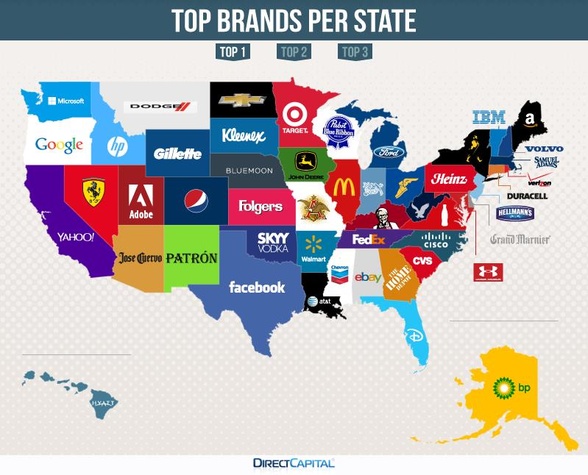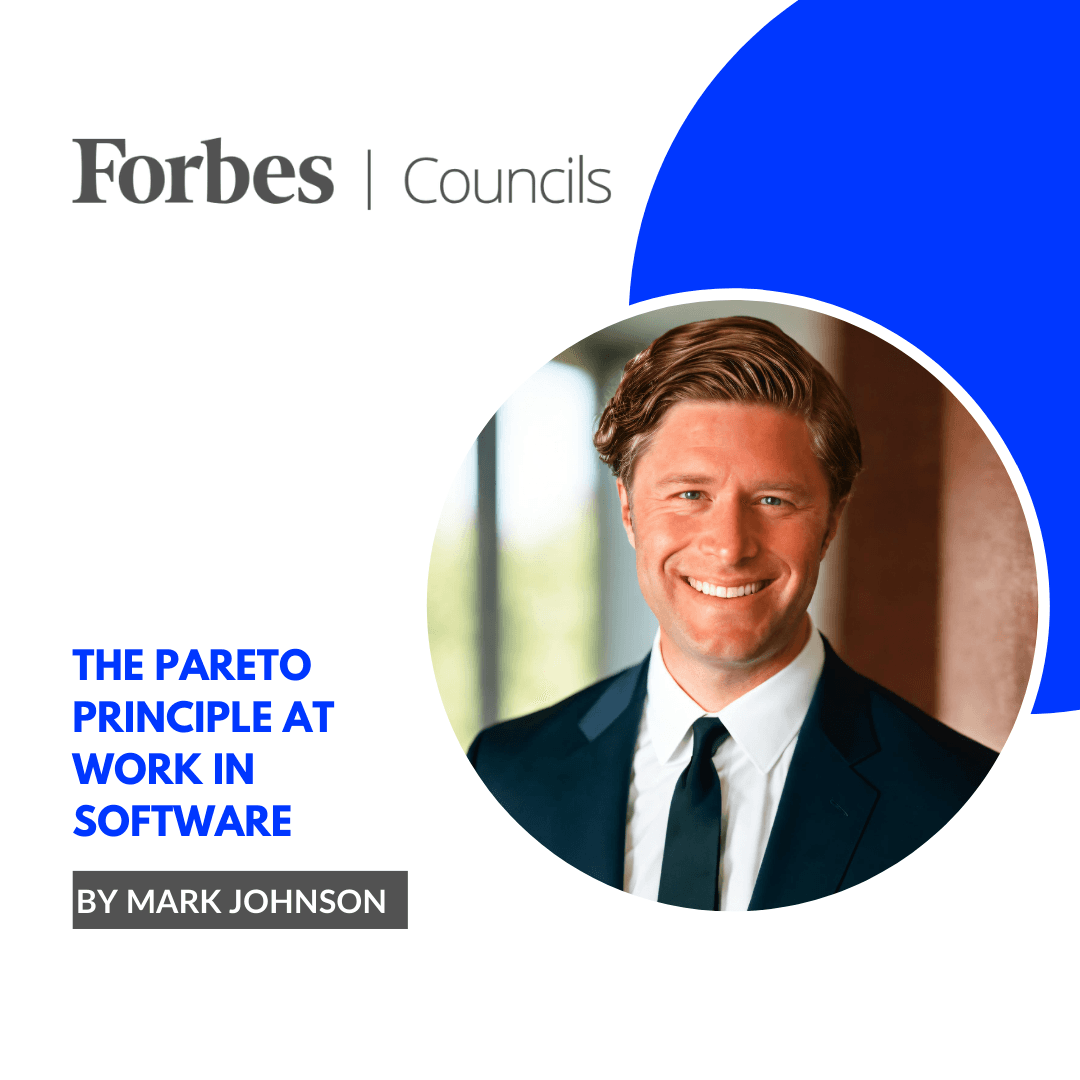One of the central questions I am often asked is “how do I get more users to my app or website?” In the age of digital, brand building has become a difficult predicament. Ten years ago most companies could just hire an agency to promote content that used phrases such as “Make it go viral”, “Increase the buzz”, and “Improve stickiness”. The problem is that these efforts had very little payoff.

More recently, the last five years have been all about branded content. The idea is that social media allows companies to skip over traditional outlets and create relationships directly with customers. If you told perfectly crafted stories and responded to users in real-time, they would fall in love with your brand and you would become a hub for a community of customers. Organizations invested huge sums of money to follow this strategy - yet few brands have generated meaningful interest.
So, what’s next?
There are three experts who are leading the charge in providing an answer to this important question:
- Doug Holt, from Harvard Business School - the future is about cultural branding
- John Hayes, former chief marketing officer at American Express - the future is about listening and making your customer the brand authority
- Seth Godin, best selling author of Tribes and Linchpin - the future involves creating something worth talking about
Doug Holt suggests an idea called culture branding and uses Old Spice as an example. This men’s personal care brand adopted the crowd culture ideology. They succeeded by following five principles: map the cultural orthodoxy, locate the cultural opportunity, target the crowdculture, diffuse the new ideology, and innovate continually using cultural flashpoints. The main idea was to tie into the culture. Here is a quote from Doug:
Old Spice taps the hipster crowd. The ideological battle between the laddish view and body-positive feminism left untouched one other cultural opportunity in the personal care market. In the 2000s, a new “hipster” ideology arose in urban subcultures to define sophistication among young cosmopolitan adults. They embraced the historical bohemian ideal with gusto but also with self-referential irony. Ironic wardrobes (foam trucker hats, ugly Salvation Army sweaters) and facial hair (waxed handlebar mustaches, bushy beards) became pervasive. Brooklyn was chock-full of lumberjacks. Amplified by crowdculture, this sensibility rapidly spread across the country.

John Hayes, the former CMO from American Express suggests that in order to grow a brand you need to make your customer the authority. John suggests that in the past consumers would trust brands to provide the facts. “Consumers used to believe in authority, so if you offered “the finest coffee money can buy,” people said, “hmm, must be the best.” Today, you say “the finest coffee money can buy,” and people say “I’ll be the judge of that.” Or “I’ll ask my friends what they think of it.”
John says that there has been a complete change in people’s mindset related to authority. Now that the customer is the authority rather than the brand you need to empower your customers to provide answers to others. This is a bit more complex than just creating an online community, asking for referrals and writing reviews. John suggests that once you’ve demonstrated value for a customer, you need to define the behaviors that will help your brand grow. It is a bit sad to admit that debt is the #1 sold product of all time. American Express is one of the leaders of this and they have grown by making the customer the authority. When the customer becomes the authority, rather than the brand, it will grow faster.
Seth Godin, whom I have had the privilege of meeting with personally, says the first step is to create something worthwhile:
The first step is to invent a thing worth making, a story worth telling, a contribution worth talking about. The second step is to design and build it in a way that people will actually benefit from and care about. The third one is the one everyone gets all excited about. This is the step where you tell the story to the right people in the right way. The last step is so often overlooked: The part where you show up, regularly, consistently and generously, for years and years, to organize and lead and build confidence in the change you seek to make.
Looking for more like this?
Sign up for our monthly newsletter to receive helpful articles, case studies, and stories from our team.

2022 Best and Brightest Winners in West Michigan
May 2, 2022The Best and Brightest Companies to Work For® competition identifies and honors organizations that display a commitment to excellence in operations and employee enrichment that lead to increased productivity and financial performance!
Read more
How to Prepare for our Associate Software Developer Position
June 30, 2023Tips for applying to MichiganLab's Associate Software Developer program
Read more

